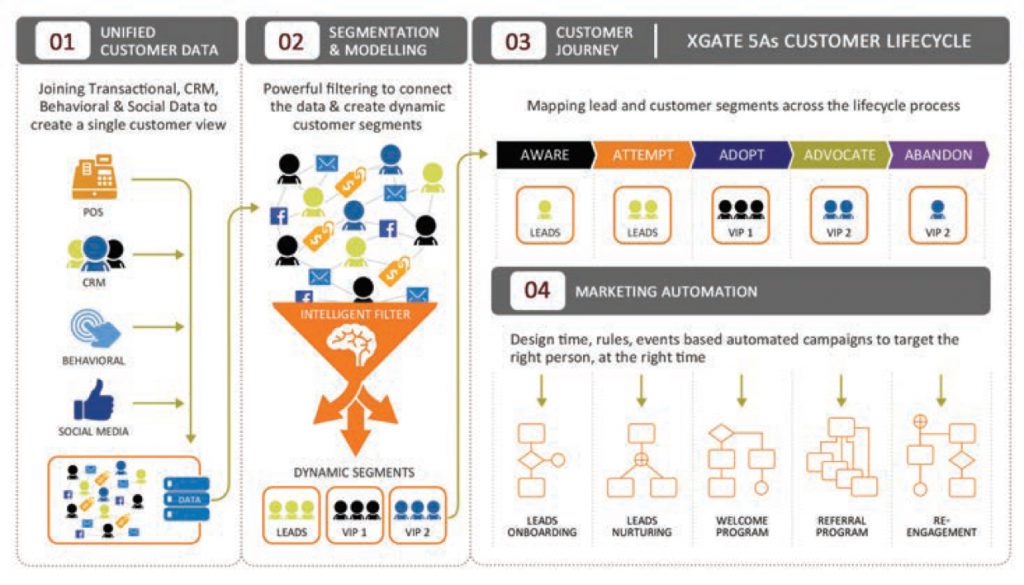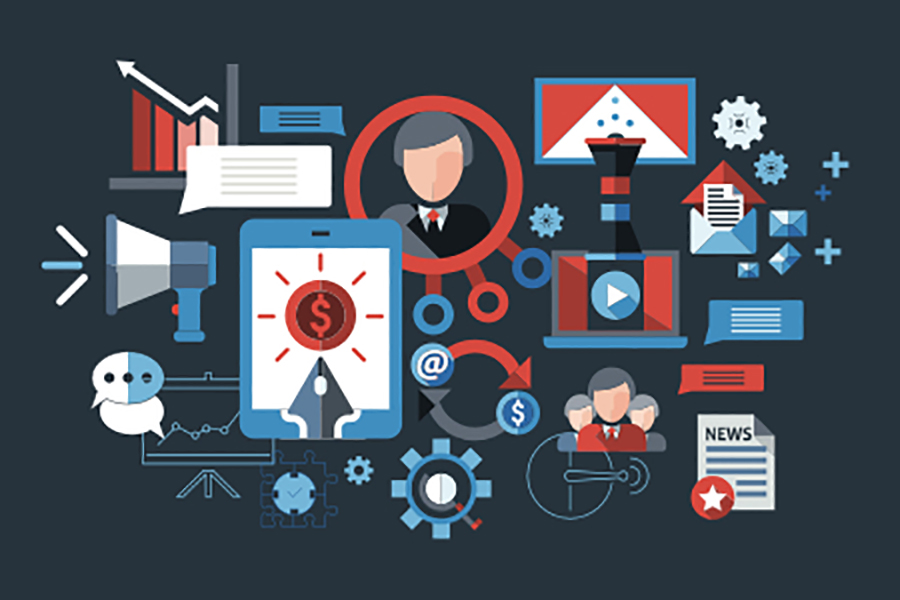While CRM and marketing automation have a lot to offer on their own, integrating the two systems provide companies with a powerful suite of tools that are essential for sales and marketing to gain competitive edge dramatically.
With so many news in the last two years talking about how marketing automation will change the world drastically (in a digital marketing aspect), it is probably no longer news today since the phenomenon has already taken effect with automation software generating US$3.64 billion worldwide in 2014 according to MarketsandMarkets research; and projected to reach US$5.5 billion by 2019. It’s easy to see why CRM marketing automation is popular. Essentially, it enables brand managers to attract new leads, convert leads to customers, and build loyalty with better business results. Technically, this implies a tight integration of CRM system with marketing automation platform to allow transfer of lead information seamlessly between marketing and sales, and ensuring the right messages are delivered at the right time based on data insights. Ultimately, better alignment across organizational functions (such as customer care, marketing and sales) will improve the effectiveness of CRM marketing.
However, like any marketing tool, you need to know how to use it effectively. To build stronger customer relationship with personalized messages, targeting customers at the right time and place using the right communication channel is not a simple task. You’ll need a step approach starting with Unified Customer Data, Segmentation Filter, Customer Lifecycle and Marketing Automation to deliver digital marketing precision.

1. Unified Customer Data
Building a centralized customer database is a foundational element of the marketing technology stack. Many brands still struggle to connect the data-dots between systems. Only when the data are integrated to provide meaningful information, then can CRM managers build a consistent understanding of customers’ past events, behavior or preference for better targeting and personalization of future interactions. Essentially, joining CRM, transactional, behavioral and social data in a single environment would require strong technical capabilities and integration of systems to support marketing needs for customer insights.
2. Segmentation Filter
Having a powerful filter to connect the unified customer data and create smart customer segments based on cross-data analysis is essential for brands to deal with the constantly changing digital consumers. By applying different filtering criteria based on specific rules, you can create dynamic segments that can align with the right marketing actions.
3. Customer Lifecycle
Mapping the customer segments to a lifecycle process allows you to clearly design the right CRM marketing campaigns to target your customer segments effectively. The following diagram shows how different segments are mapped to a customer lifecycle approach. At each stage of the lifecycle, different marketing programs or plays will then be implemented with the aim to evolve the target segment from one phase to the next.
4. Marketing Automation
Seemingly simple task like uploading CRM data into email marketing platform, personalized the message before launching a campaign can be challenging in many ways. Many marketers still do this manually today. Increasingly, they also need better ways to qualify leads / customers for selling / up-selling opportunities, run programs across multiple channels, personalizing communication messages based on behavior and tracking campaign performances real-time. To tackle these complex challenges, companies turn to marketing automation to simplify their workflows and make their teams more effective. With marketing automation, you can easily design multichannel campaigns with time, rules and events based trigger. By targeting your digital campaigns at the right person, at the right time, you improve campaign response rate, thereby leading to better customer experience and business profitability.




